The four major types of macromolecules found in living cellscarbohydrates lipids proteins and nucleic acids are made of these smaller. In many cells a substance called glucose a simple type of sugar reacts chemically with oxygen to produce atp.
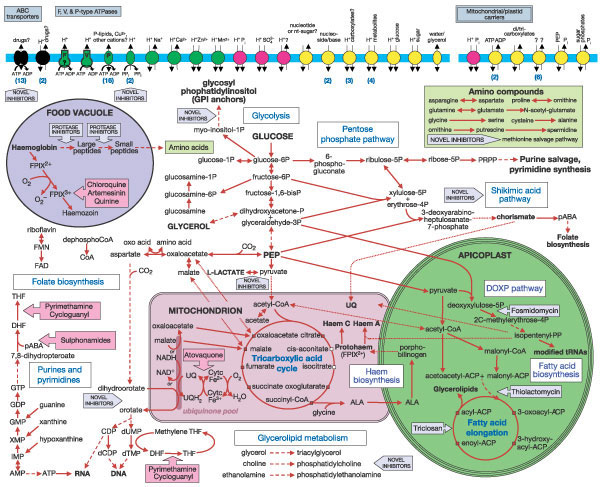 Biochemistry Shomus Biology
Biochemistry Shomus Biology
Chemistry of the living cell.
Chemistry Of The Living Cell Free Audiobook. Chemistry of the living cell google books volumes 3a and 3b aim to give the reader a short but exciting account of the rudiments of cell biology from a largely chemical point of view. Thus all energy ultimately derives from plant cells through the process of photosynthesis. On a weight basis macromolecules are by far the most abundant of the carbon containing molecules in a living cell figure 2 29 and table 2 4.
Carbohydrates monosaccharides or simple sugars are the monomers of carbohydrates. The four major groups of macromolecules in living cells are carbohydrates lipids nucleic acids and proteins. However formatting rules can vary widely between applications and fields of interest or study.
Globular proteins that act as biological catalysts lower the activation energy increase speed of reaction. A multi volume work vol 1. About 99 of the mass of living cells is composed of the elements carbon hydrogen nitrogen oxygen phosphorus and sulphur.
The specific requirements or preferences of your reviewing publisher classroom teacher institution or organization should be applied. They are the principal building blocks from which a cell is constructed and also the components that confer the most distinctive properties of living things. Water is a molecule that is essential to life as we know it here on earth.
Atoms of hydrogen and oxygen and less frequently nitrogen sulfur or phosphorous bond to the carbon skeleton in a variety of ways to form small but complex molecules. The chemistry of cells is dominated by macromolecules with remarkable properties. Energy used by cells typically takes the form of a compound called adenosine triphosphate or atp.
The remaining 1 includes small amounts of the elements calcium iron zinc sodium potassium chlorine selenium and iodine and very small amounts of molybdenum manganese fluorine and chromium. It is a component of all living things and serves many functions. The chemistry of living cells 1 the chemistry of living cells.
Chemistry of living cells. Water has many unique properties due to the nature of its molecular composition. Water and organic macromolecules.
Makes it possible for chemistry to take place at 37 c usually end in ase named for the reaction they catalyze. Citations are based on reference standards. Chemistry of the living cell part a fundamentals of medical cell biology.
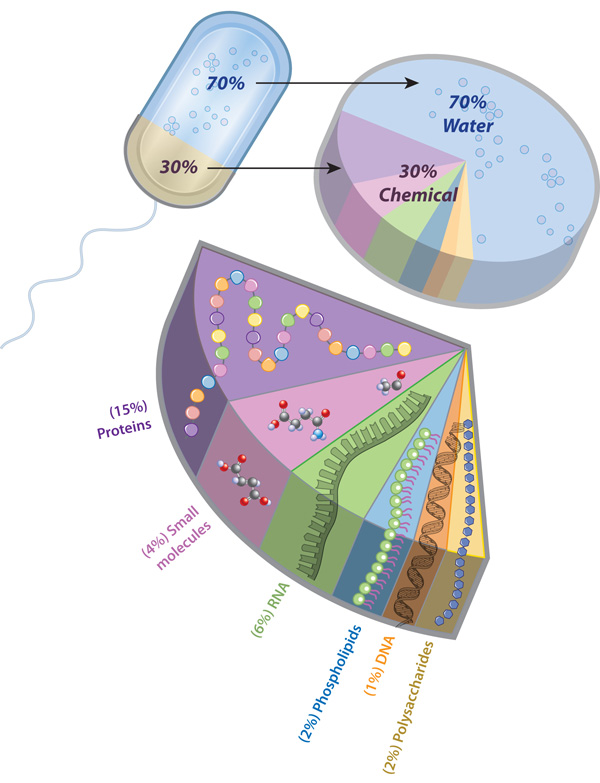 What Is A Cell Learn Science At Scitable
What Is A Cell Learn Science At Scitable
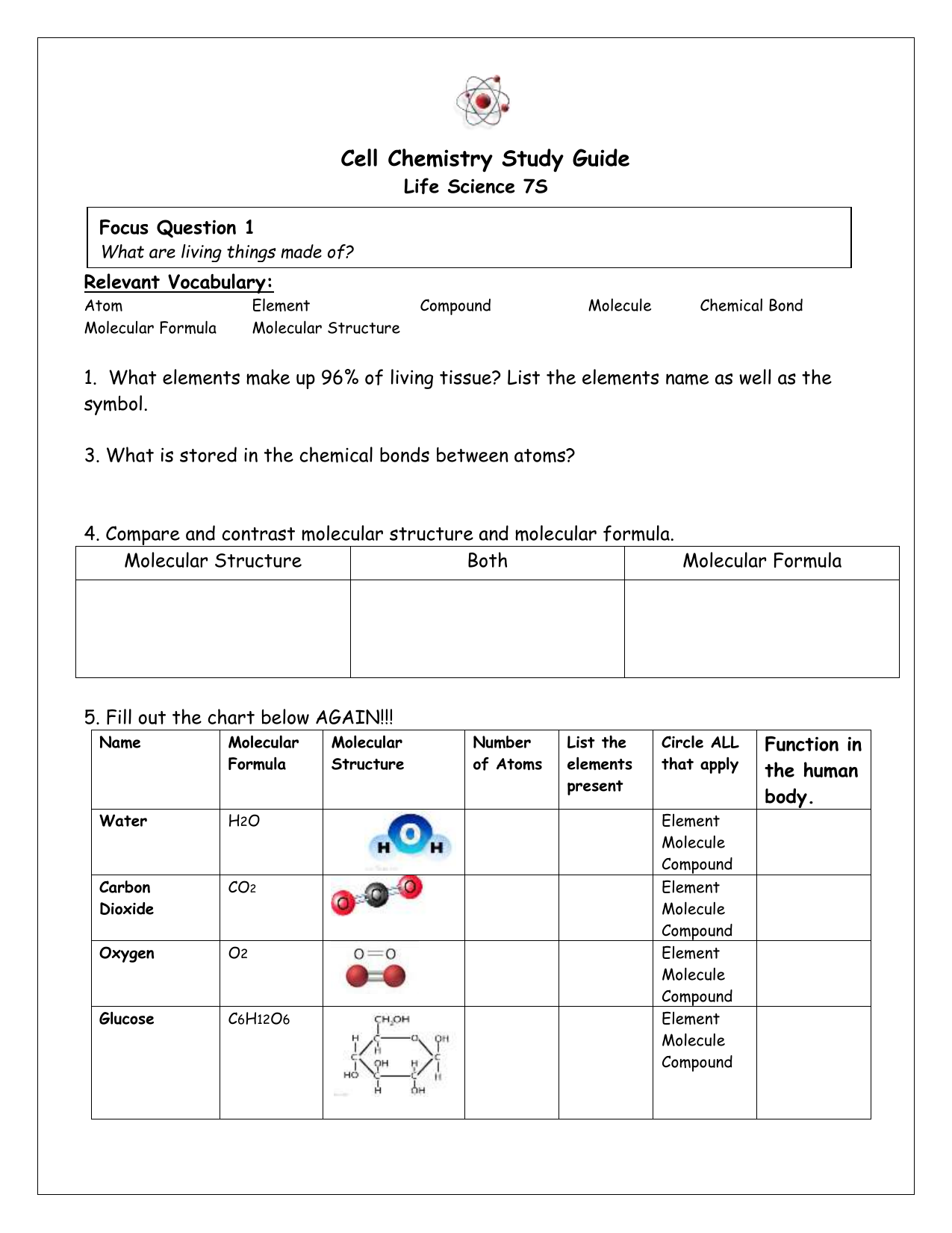 Cell Chemistry
Cell Chemistry
Research Bioimaging At Mizukami Laboratory Imram Tohoku
 Chapter 1 The Science Of Biology Biol 200 Studocu
Chapter 1 The Science Of Biology Biol 200 Studocu
 Scientists Make First High Res Movies Of Proteins Forming
Scientists Make First High Res Movies Of Proteins Forming
Chemistry Your Source For High Quality Reagents Mgti
Home University Of Chicago
 Cell Chemistry Chpt 2 Chemical Composition Of Living
Cell Chemistry Chpt 2 Chemical Composition Of Living
 Scheme 1 A Schematic Procedures Of Individual Living Cell
Scheme 1 A Schematic Procedures Of Individual Living Cell
 Amazoncom Chemistry Of The Living Cell Part A
Amazoncom Chemistry Of The Living Cell Part A
 A Brief Introduction To The Levels Of Organization Of Living
A Brief Introduction To The Levels Of Organization Of Living
 Biochemistry Wikipedia
Biochemistry Wikipedia
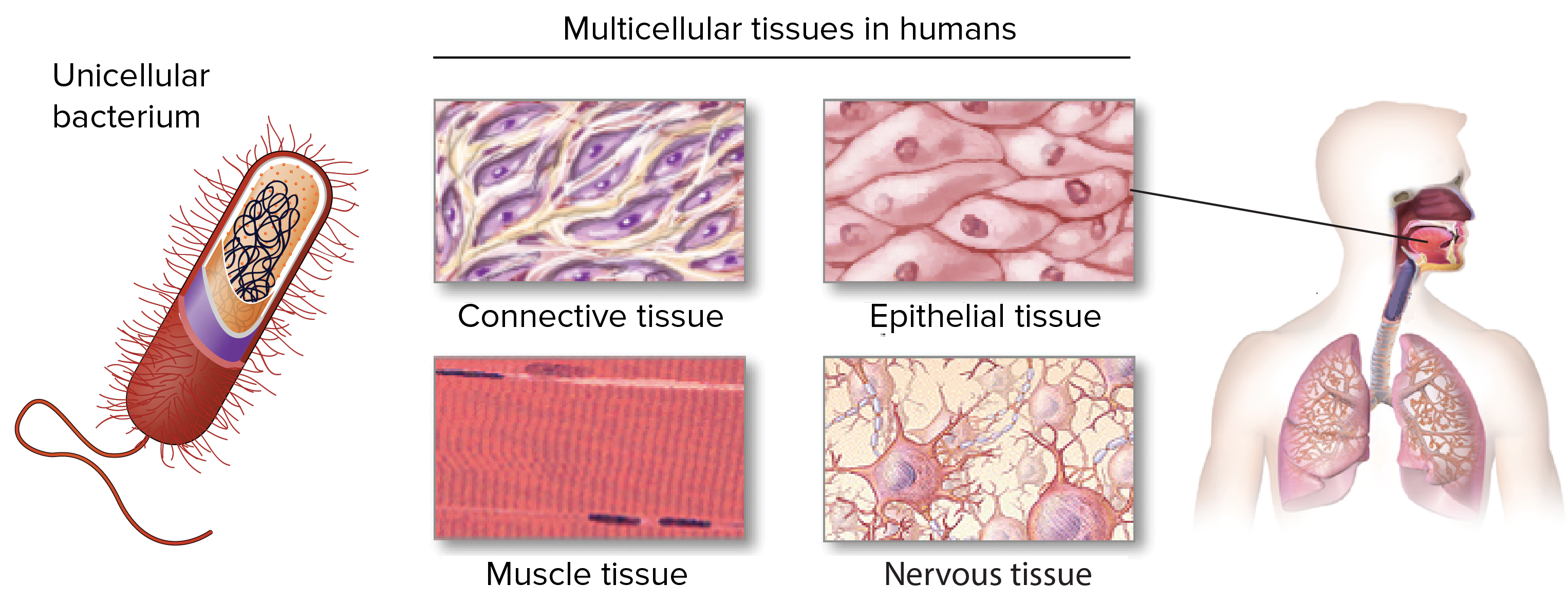 What Is Life Article Khan Academy
What Is Life Article Khan Academy
De Bank Group Chemistry
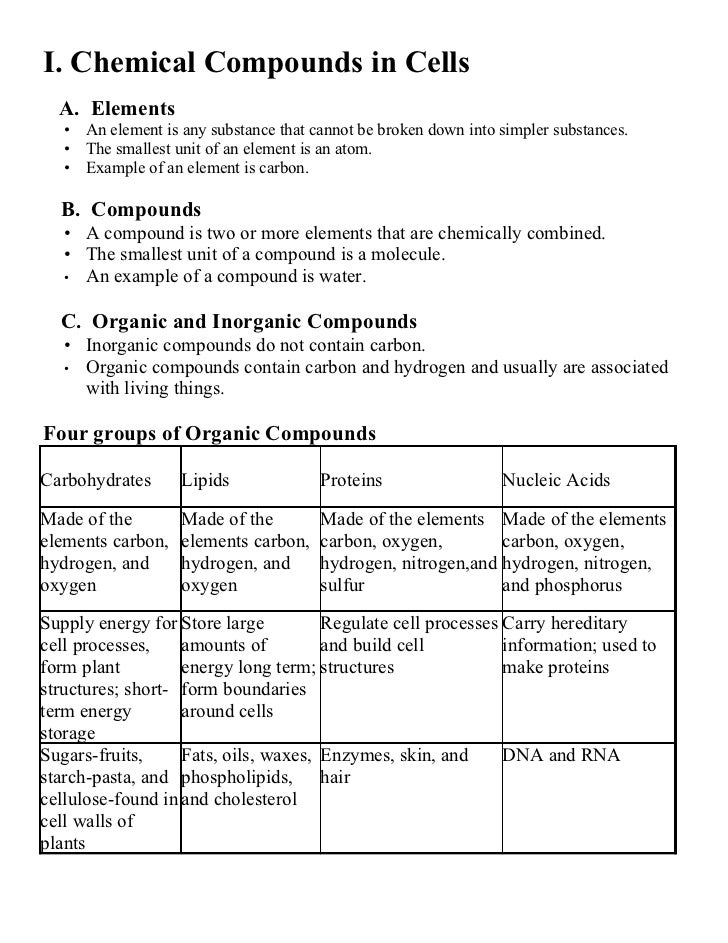 Chemical Compounds In Cells Outline
Chemical Compounds In Cells Outline
![Download [pdf] Futurismo E Modernita Artisti E Collezionisti In Lomellina Pdf Ebook Download [pdf] Futurismo E Modernita Artisti E Collezionisti In Lomellina Pdf Ebook](https://blogger.googleusercontent.com/img/b/R29vZ2xl/AVvXsEgKom405cVIdgQMF79n50jq3c3Dx6yKKGPcaiTg2FsdTLeDb2jTuOMIwSaiA1Bt8ylzLWU1MYVy0q_FBwXE32X_k1J9b_0l44U7TiHJbbC2quFqH-Xs9IYoL_R6ecS1hF_op5mdg7W5P0U/s72-c/Tre++artisti+a+confronto1.jpg)